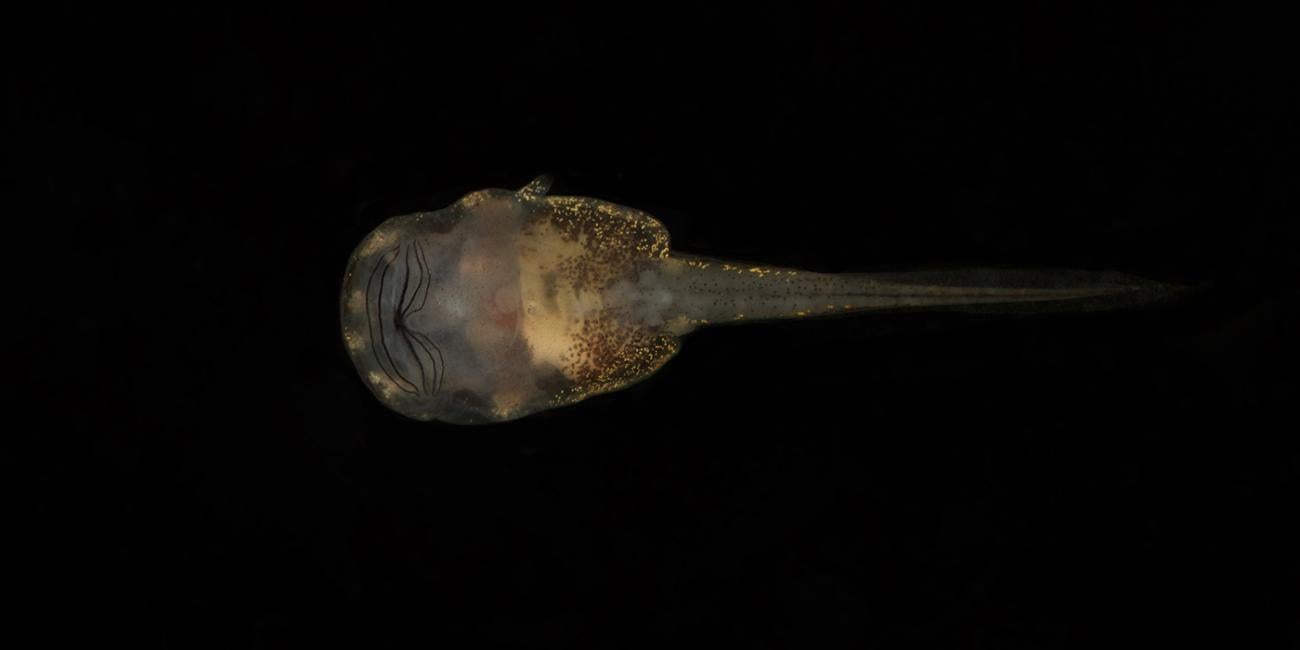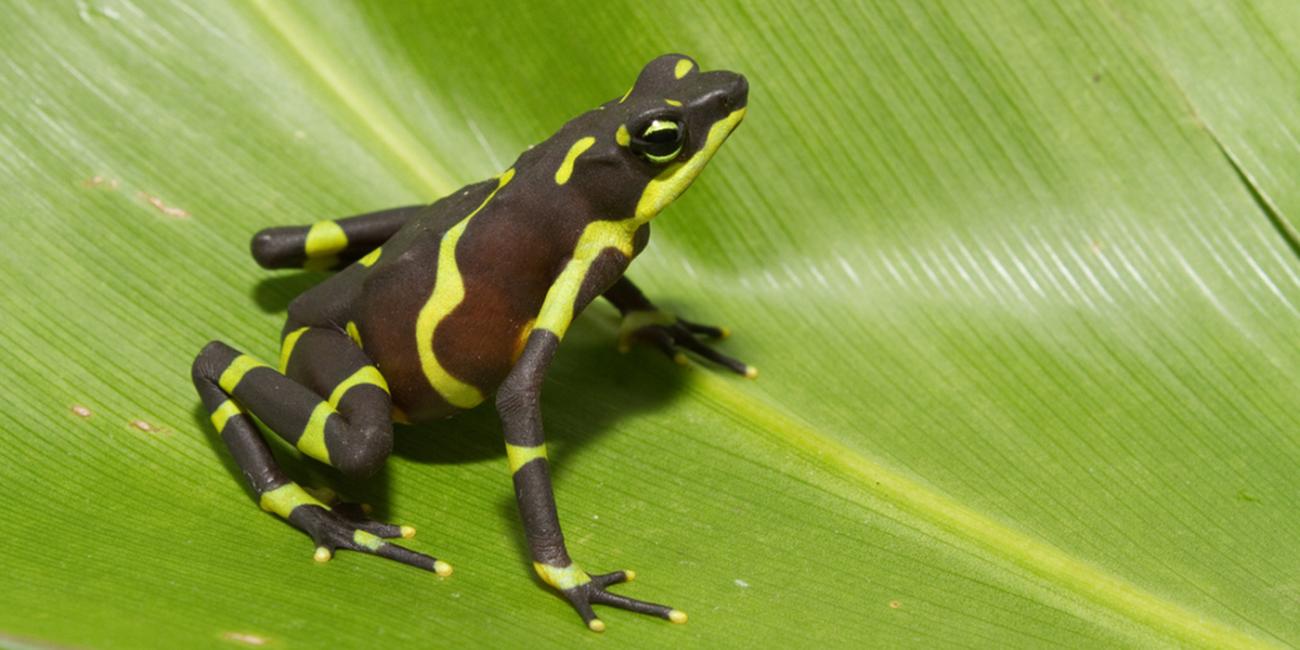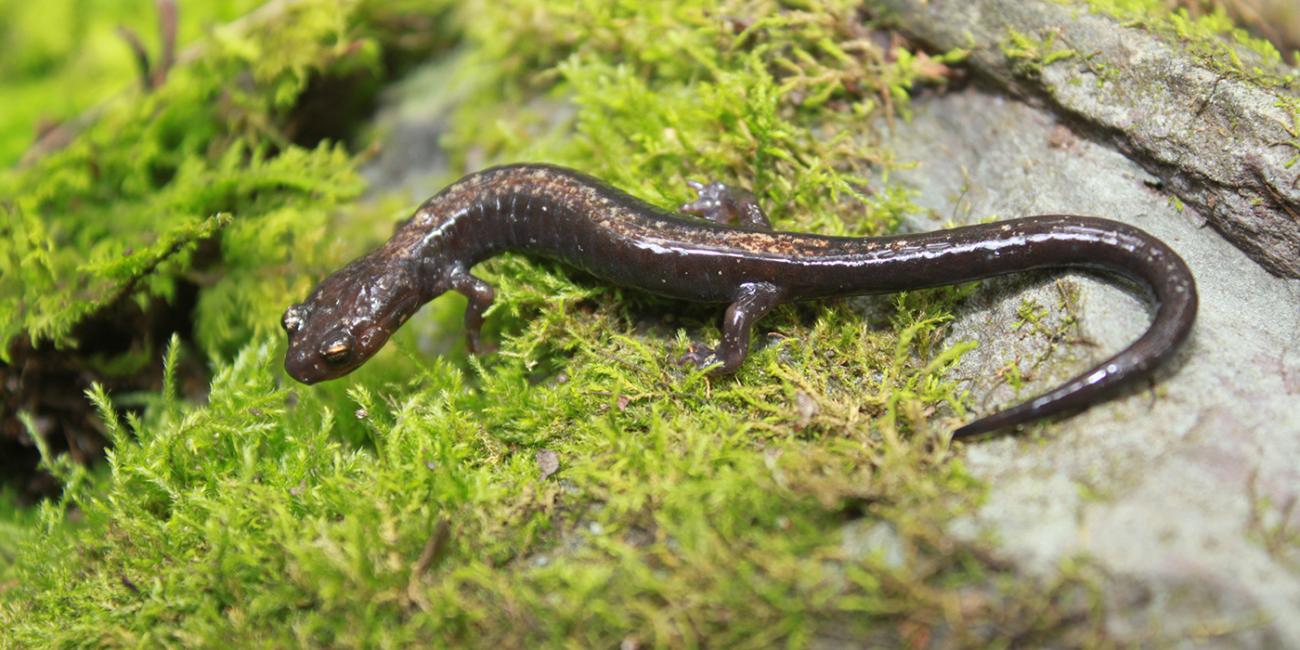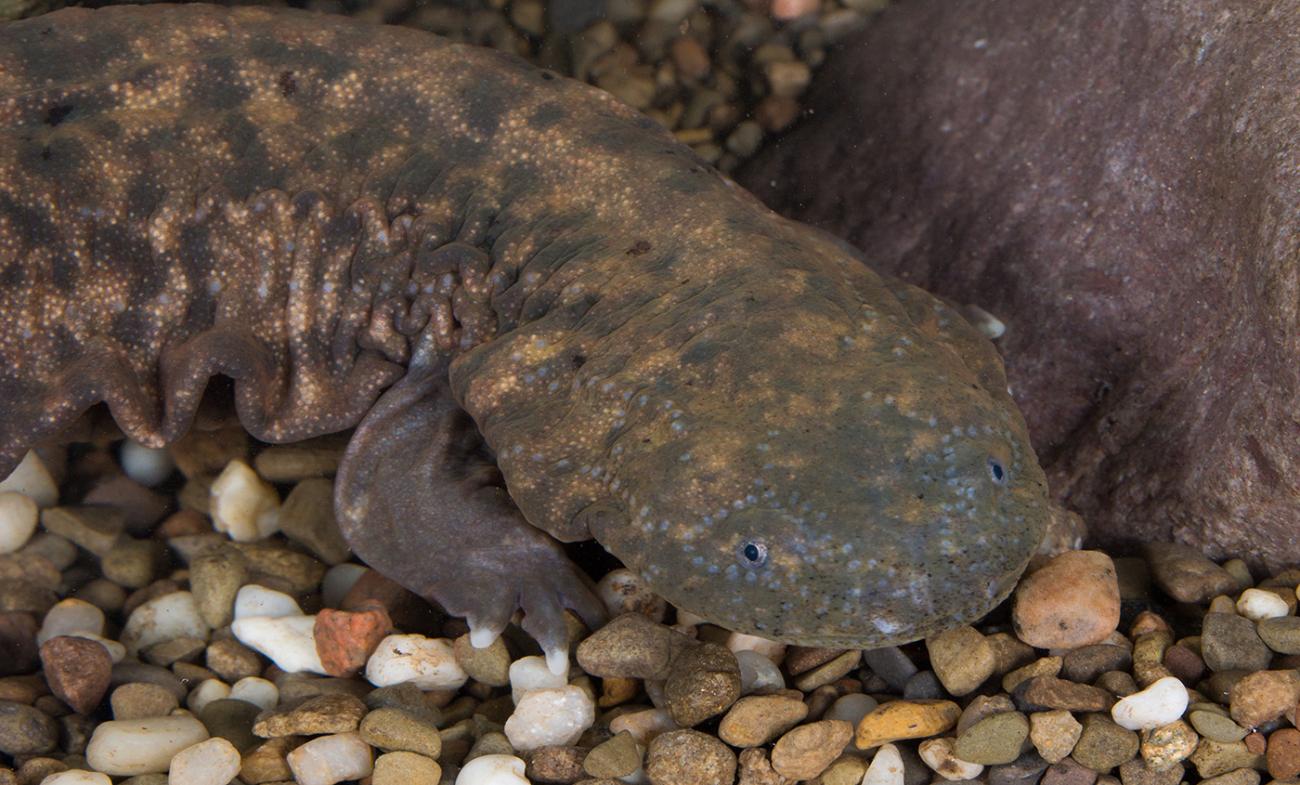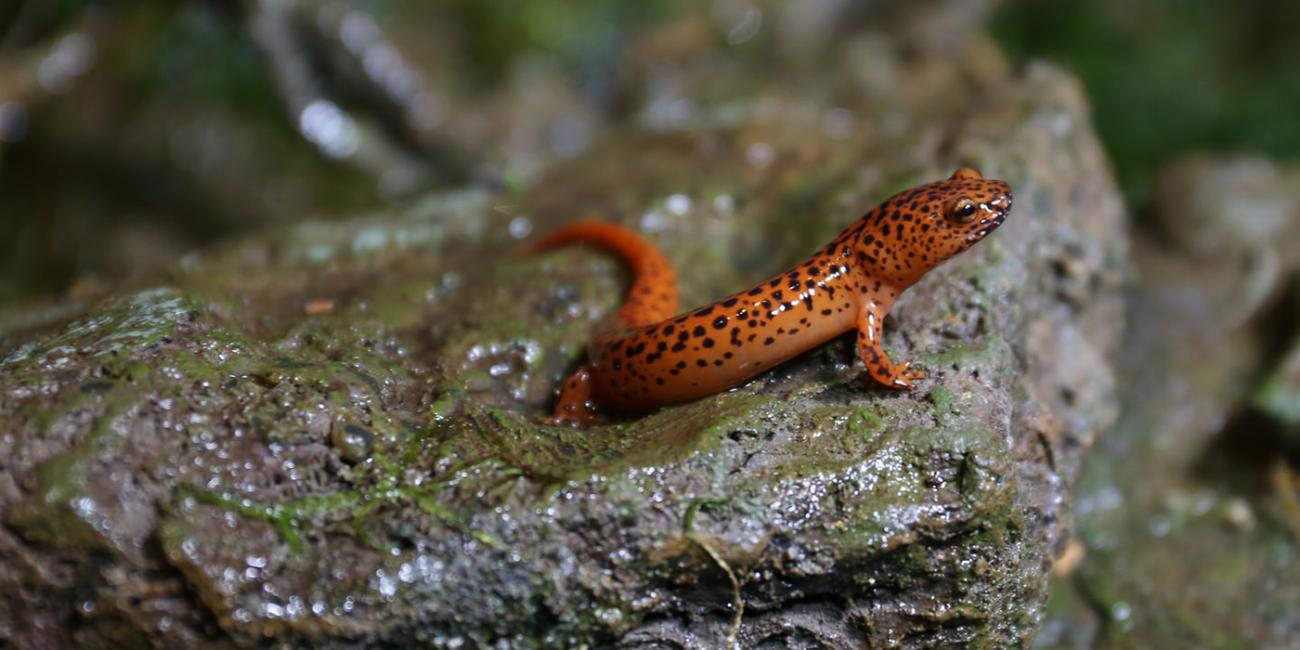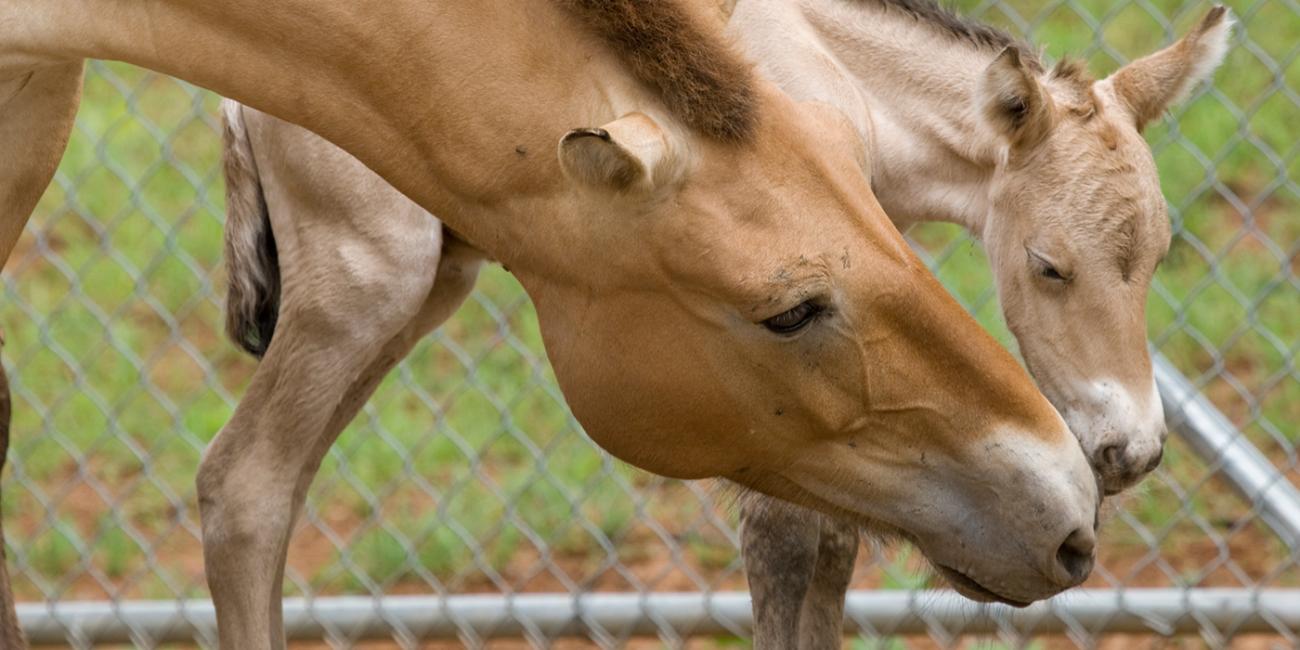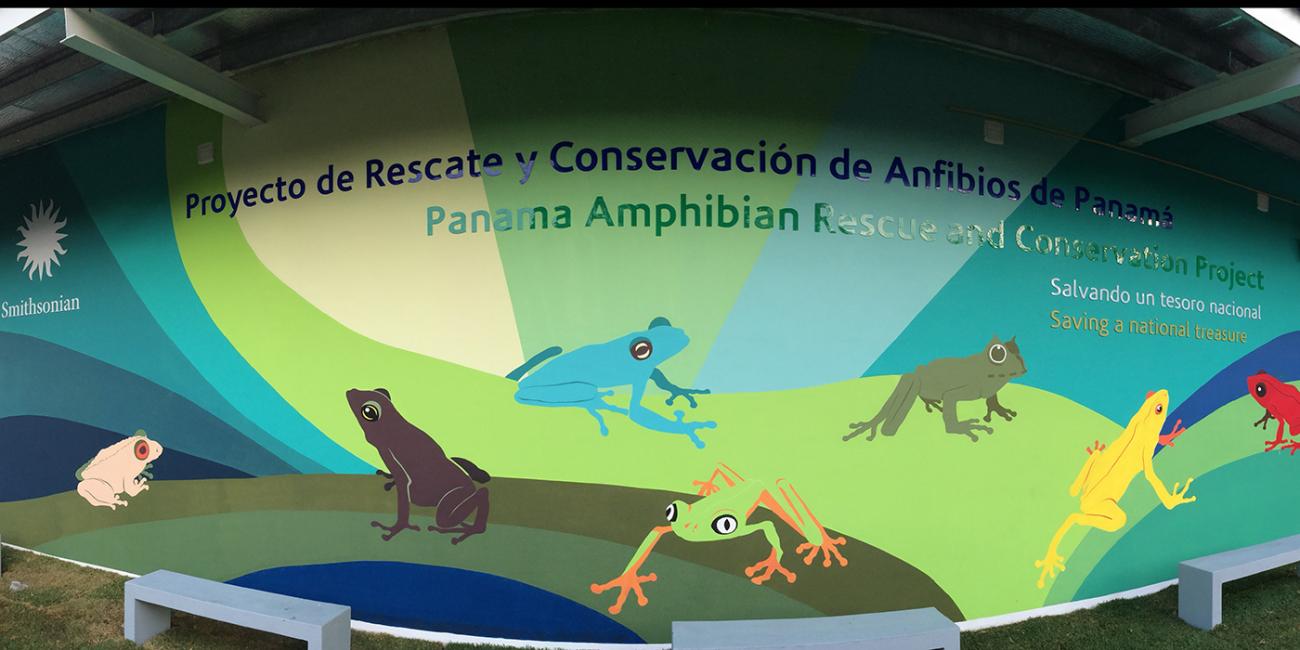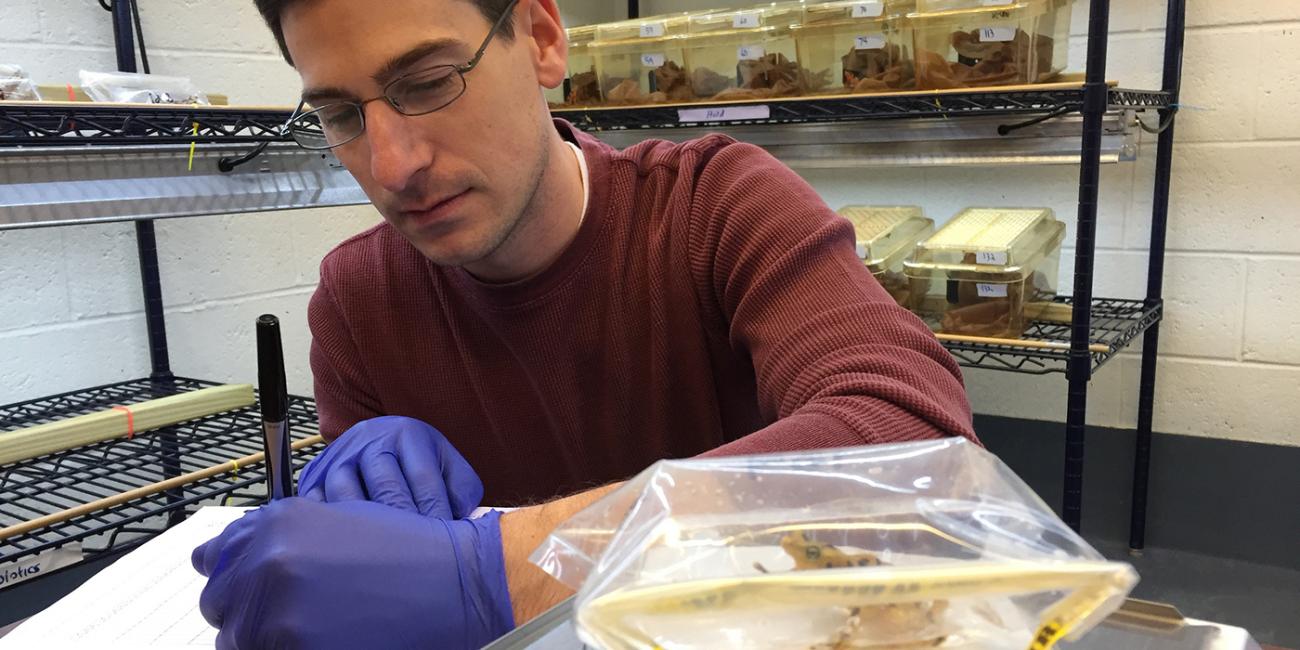Biography
Brian Gratwicke is a conservation biologist and leads the amphibian conservation programs at the Smithsonian's National Zoo and Conservation Biology Institute. Brian’s focus is building capacity to conserve amphibians in Appalachia and Panama, developing outreach and educational programs and exhibits to build public support for amphibian conservation, and research to develop tools to reintroduce amphibians back into the wild. At SCBI, Brian collaborates with Panamanian conservation biologists and zoo partners to build an ex situ amphibian facility in Panama. The Panama Amphibian Rescue and Conservation Project based at the Smithsonian Tropical Research Institute in Gamboa maintains and grows captive assurance populations of species most heavily affected by the deadly amphibian chytrid fungus. One major research focus is developing applied solutions for the amphibian chytrid fungus, including research into the area of beneficial skin bacteria and identifying genetic traits associated with resistance to the disease. He also conducts research into emerging diseases and the effects of climate change on Appalachian salamanders.
Gratwicke grew up in Zimbabwe and began his conservation work researching the impacts to freshwater fish in Africa. In 2000, he was awarded a Rhodes scholarship that took him to Oxford, where he studied marine fish communities in the British Virgin Islands for his doctorate. After completing his doctorate, Gratwicke moved to Washington, D.C., where he worked as a program administrator and then assistant director of the National Fish and Wildlife Foundation's Save the Tiger Fund.
Gratwicke grew up in Zimbabwe and began his conservation work researching the impacts to freshwater fish in Africa. In 2000, he was awarded a Rhodes scholarship that took him to Oxford, where he studied marine fish communities in the British Virgin Islands for his doctorate. After completing his doctorate, Gratwicke moved to Washington, D.C., where he worked as a program administrator and then assistant director of the National Fish and Wildlife Foundation's Save the Tiger Fund.
Research Interests
Amphibian conservation biologist based at SCBI in Front Royal. Working on Appalachian salamanders and Neotropical amphibians threatened by the amphibian chytrid fungus.
Related News
November 05, 2021
Is a “Living Pharmacy” the Key to Curing Chytrid in Frogs?
April 05, 2019
Rewriting Frogs’ Future with Science
November 30, 2018
Salamanders Helping Salamanders
January 19, 2018
Variable Harlequin Frogs Return to the Wild
January 18, 2018
Smithsonian Releases Endangered Frogs in Panama
July 11, 2016
Science To The Rescue In The #Fightforfrogs
October 28, 2012
Hellbender Research on the Road and at the National Zoo

